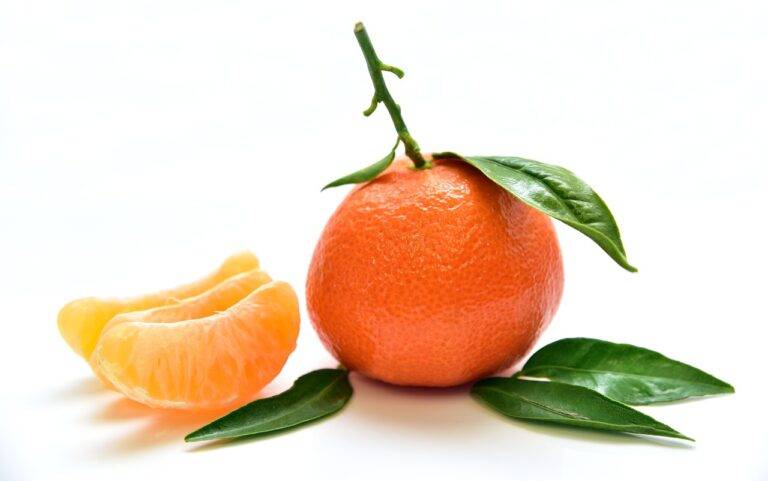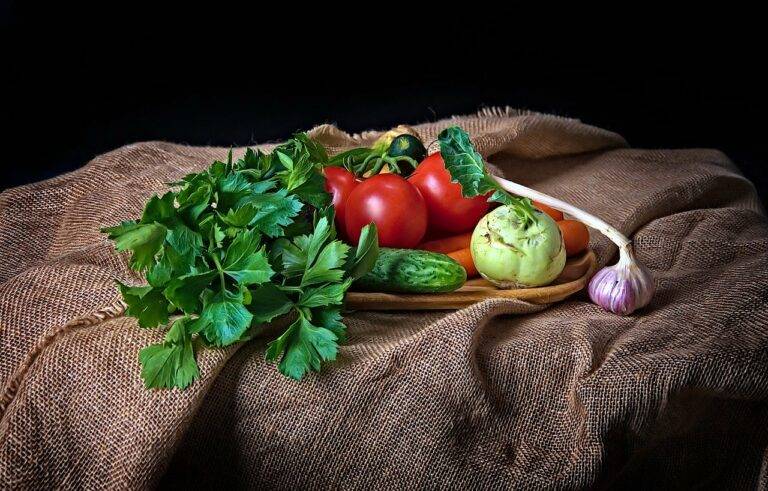The Art of Food Preservation: Ancient Techniques for Modern Homesteaders.
Food preservation plays a crucial role in prolonging the shelf life of food items, making it possible to store them for longer periods without spoilage. This allows for a reduction in food waste and helps in ensuring a steady food supply, especially during times of scarcity or emergencies. By preserving food through various techniques like canning, drying, and freezing, individuals can have access to fresh and nutritious food even when out of season.
Moreover, food preservation helps in retaining the nutritional value of food products. By preserving fruits and vegetables at their peak ripeness, vitamins and minerals are locked in, ensuring that consumers receive the maximum nutritional benefits when consuming these preserved foods. This is particularly important in regions where certain fruits and vegetables may not be available year-round, allowing individuals to enjoy a diverse and nutritious diet regardless of the season.
History of Food Preservation Techniques
The history of food preservation techniques dates back to ancient times when our ancestors discovered ways to prolong the shelf life of their food to prevent spoilage. One of the earliest methods involved drying food under the sun or over a fire, removing moisture and preventing the growth of bacteria and mold. This technique was effective in preserving fruits, vegetables, meats, and fish for extended periods.
Another ancient method of food preservation was fermenting food, a process that relies on beneficial bacteria to convert sugars into acids, alcohol, or gases. Fermented foods such as sauerkraut, kimchi, pickles, and yogurt not only lasted longer but also developed unique flavors and textures through the fermentation process. This technique was widely used by different cultures around the world and continues to be popular in modern times.
What are the benefits of food preservation?
Food preservation helps to extend the shelf life of food, reduce food waste, maintain nutrients in food, and provide convenience in meal preparation.
Can you provide a brief history of food preservation techniques?
Food preservation techniques have been in use for centuries, with methods like drying, salting, smoking, pickling, and fermenting being used by ancient civilizations to preserve food for longer periods of time.
How have food preservation techniques evolved over time?
Over time, advancements in technology have led to the development of new food preservation techniques such as canning, refrigeration, freezing, and dehydration, which have made it easier to preserve food and keep it safe for consumption.
Why is it important to understand the history of food preservation techniques?
Understanding the history of food preservation techniques can help us appreciate the importance of preserving food for future generations, as well as provide insights into how different cultures have adapted to their unique food preservation challenges.





